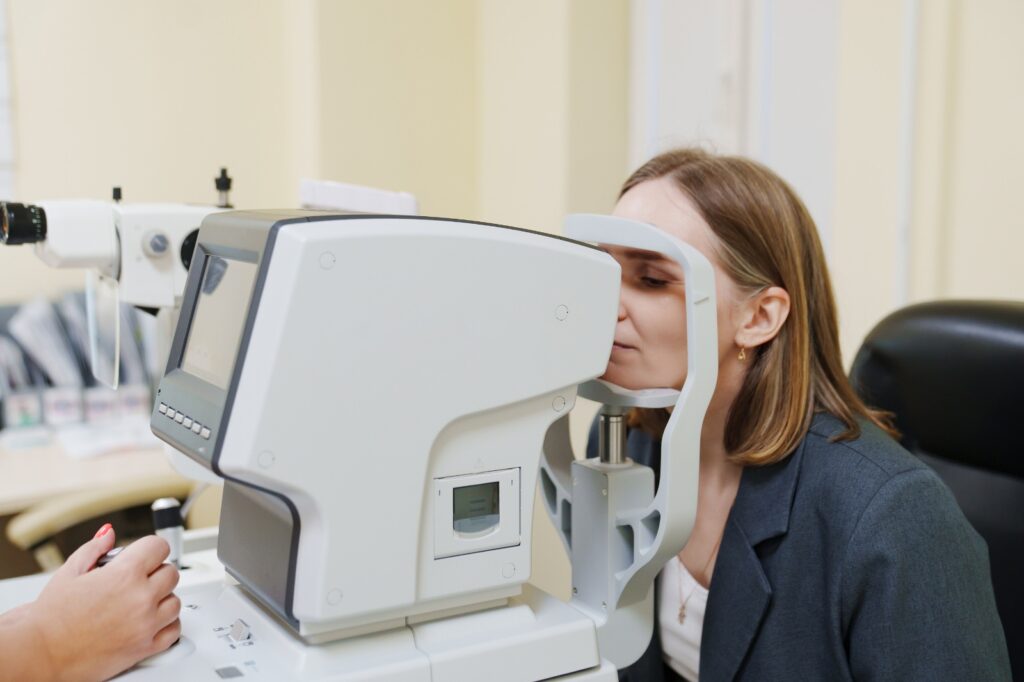Did you know your eyes have their own “internal pressure”? It’s called IOP (intraocular pressure), and it’s key to keeping your eyes healthy and your vision sharp! It is maintained by the fluid (aqueous humour) that nourishes and hydrates it. Like a balloon, your eye needs just the right pressure to hold its shape. Too […]
EYE PRESSURE 101: WHY IOP TESTING MATTERS




